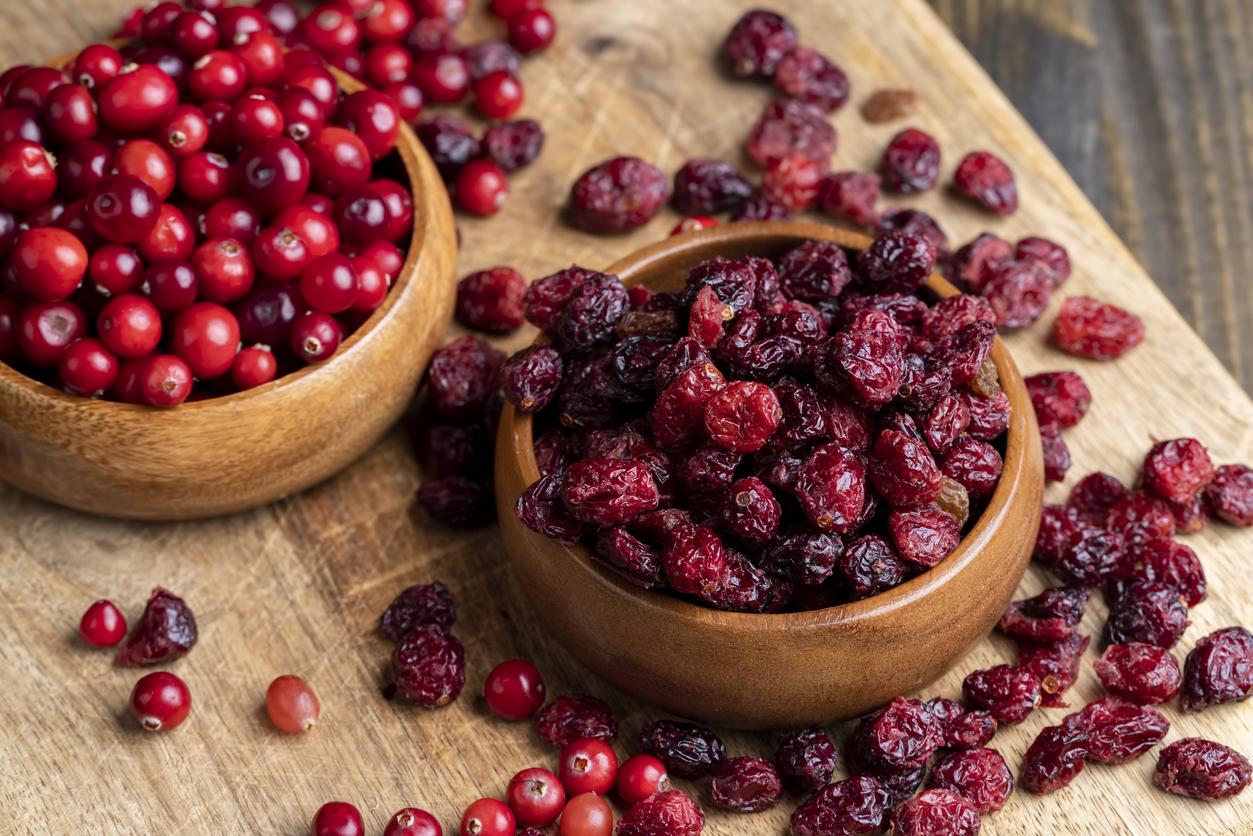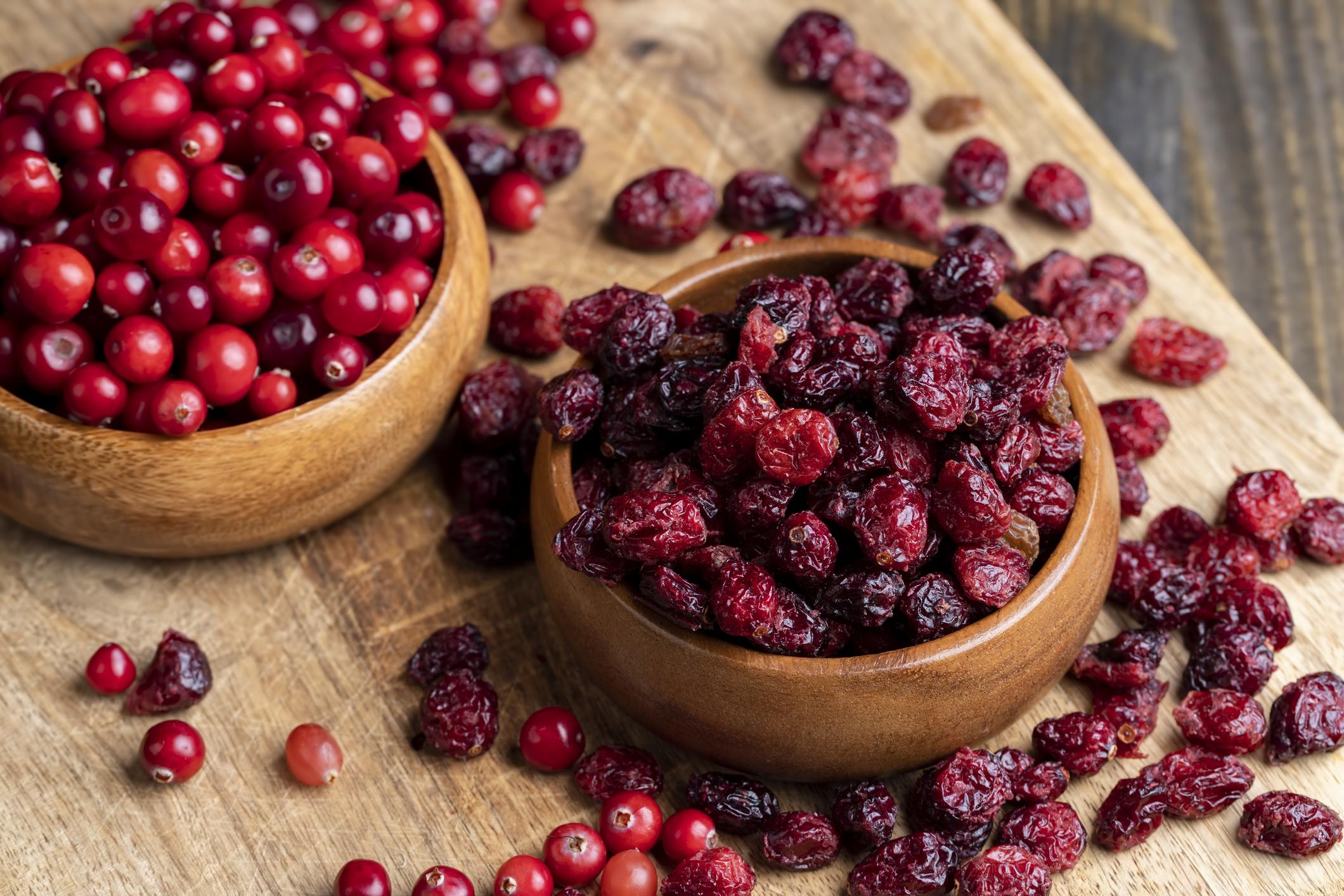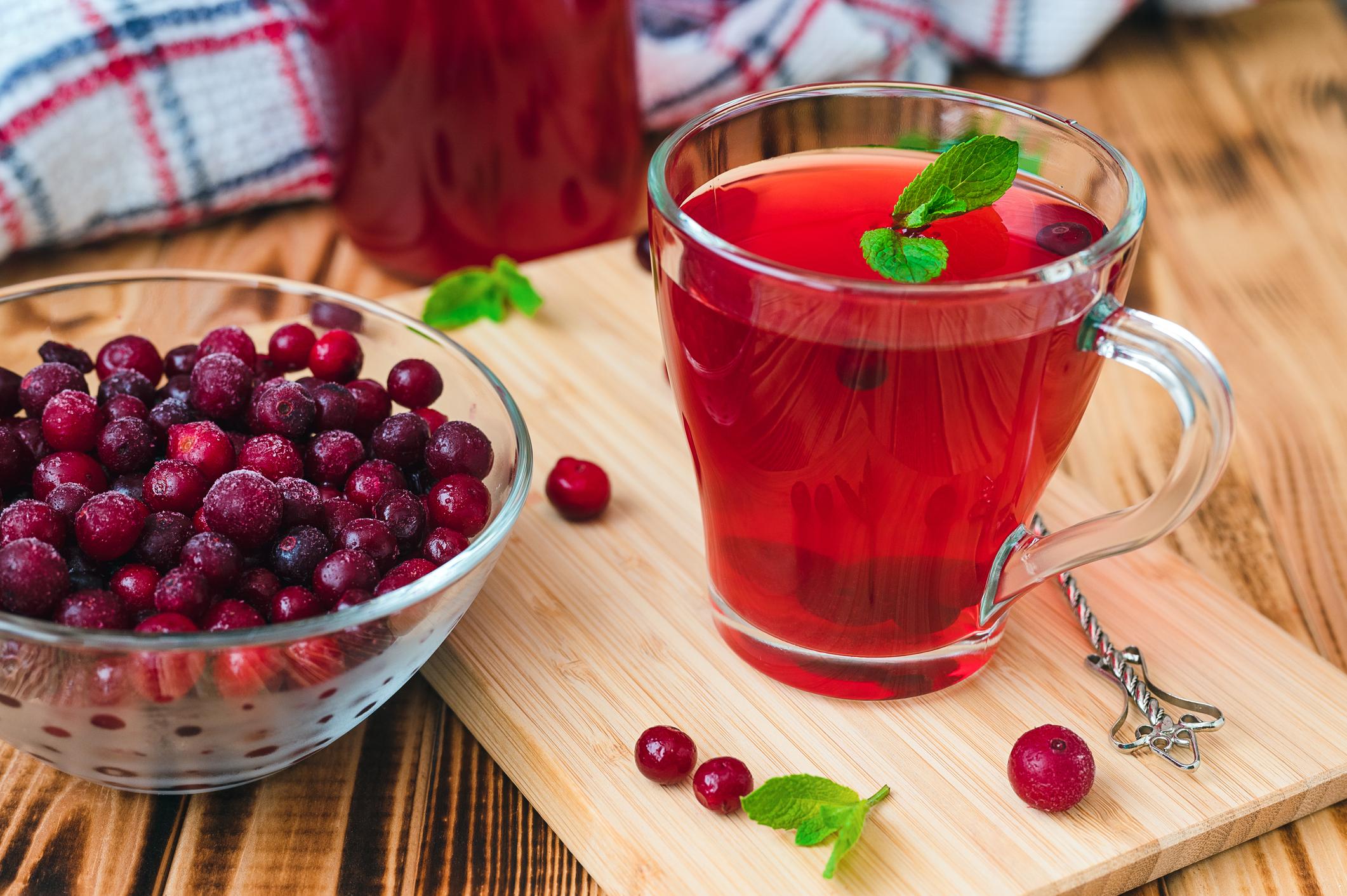More or less round, colorful, sweet, all these small berries have one thing in common: their richness in antioxidants, these famous substances (vitamin C, carotenoids, polyphenols …) which protect against free radicals. These, produced in greater quantities during physical exertion, damage cells, accelerate aging and promote certain diseases.
In short, you might as well protect yourself from it by eating 5 fruits and vegetables a day and, better, by enriching your meals and snacks with small berries often offered dried (which concentrates their benefits) or in the form of juice, easier to consume.
Mulberry and blackberry: false cousins
These small berries may look alike, they do not come from the same tree.
Blackberry is the fruit of the common bramble, a thorny bush well known to European walkers.
Mulberry is the fruit of the white mulberry tree, native to China, renowned for its leaves: it is the food of the silkworm! Recently introduced to the dried fruit department, it is very pleasant on the palate. It is both firm and soft, delicately sweet with hints of vanilla. But it is also appreciated for its richness in vitamin C and iron, two elements that complement each other and which have earned it its reputation as an anti-fatigue fruit. It finally contains resveratrol, a powerful antioxidant, the same that is talked about so much in red wine!
8 ways to taste small berries
- In a bowl of cottage cheese with muesli.
- On yogurt with honey.
- Mixed in a smoothie with milk and banana.
- Mixed with sugar (count 50 g for 150 g of blackberries), passed through a sieve to remove the grains then reduced over low heat to obtain a coulis.
- Mixed with apples in a crumble.
- In a clafoutis instead of cherries.
- In yogurt to make a yogurt cake.
- On vanilla ice cream or chocolate mousse.
Read also :
- Good mood: what to eat to boost serotonin
- Anti-fatigue: 6 good-mood foods
- Breakfast: the calorie match




















